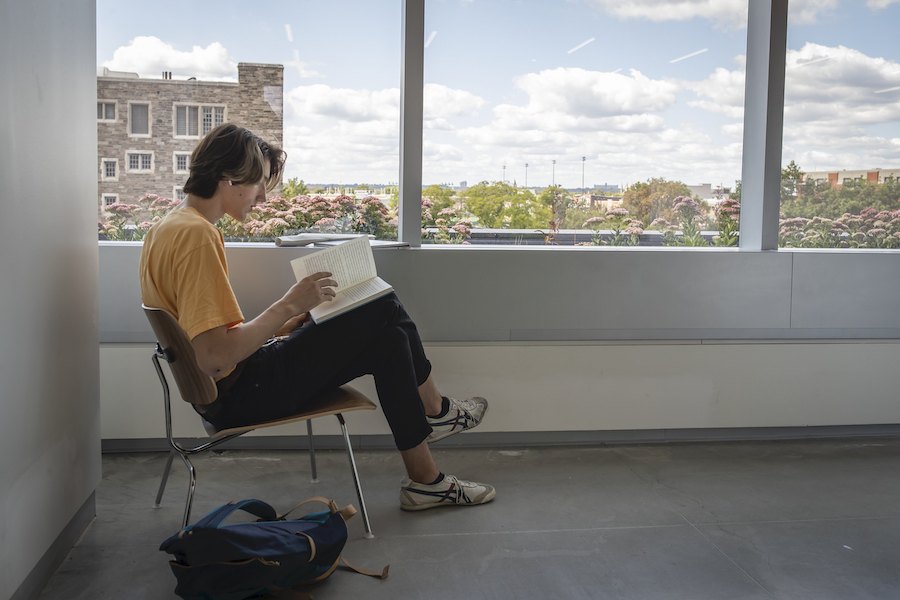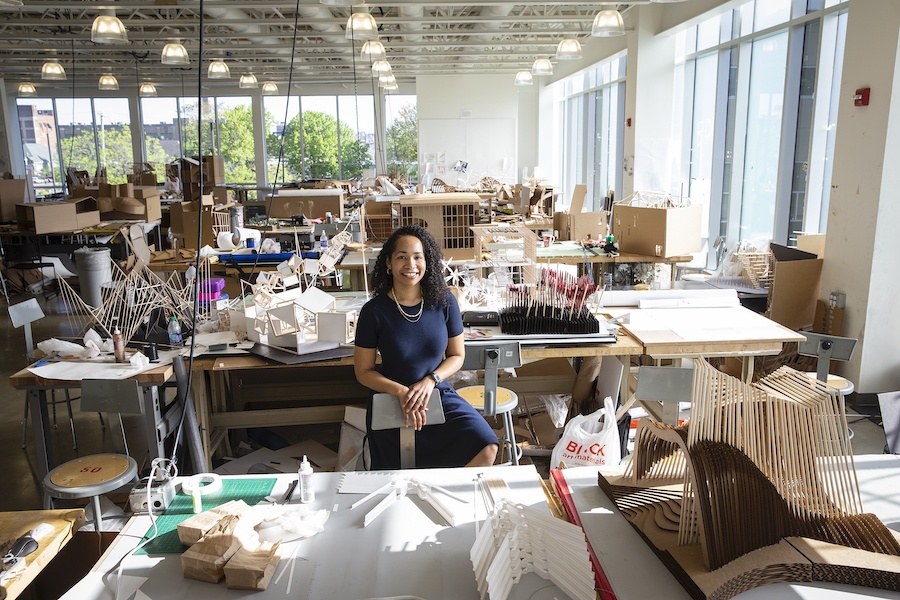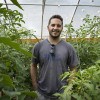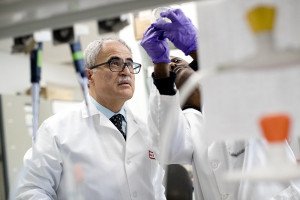A More Sustainable Philly Starts in … Costa Rican Cloud Forests?

Costa Rican cloud forests may not readily have much in common with Philadelphia, but ongoing research connects these two environments more than you may think. By studying a remote, fragile ecosystem that relies on cloud cover to sustain biodiversity, a Temple University professor hopes to improve the city we live in. In fact, Philly’s atmospheric emissions essentially create its own cloud cover, but not the beneficial kind.
“Pollutants attract clouds, and those clouds almost serve like a blanket over the city that holds more heat in,” explains Rashida Ng, RA, chair of architecture and environmental design at Temple University. The “heat island effect” can make cities up to 22°F hotter than less-developed surroundings, according to the EPA. The phenomenon can also compromise human health, increase energy needs and further elevate air pollutant levels.

Rashida Ng, RA, chair of architecture and environmental design at Temple University.
Ng recently traveled to Monteverde, Costa Rica with an interdisciplinary research team to test whether new materials could influence cloud cover. The scientists flew cloud magnet types—essentially large windsocks—over the forest and measured changes in temperature, pressure and cloud cover. The international project is just one example of how Temple University is using sustainable architecture to benefit the environment on a global and local level.
Ample use of asphalt, cement and concrete in cities like Philly contributes to that heat-trapping effect. Ng has also investigated how phase change materials, which are engineered substances that store and release thermal energy by shifting between states of matter, can improve buildings. For example, a new option on the market features a translucent, solid layer that melts in hotter weather and helps keep interiors cool. Ng’s more recent work, however, aims to benefit a building’s surroundings as well.
“In the beginning, it was really thinking about product innovation,” she says. “I’ve started asking questions like can we try to improve the environment in some way with the materials that we use?”
One potential answer to that question already exists on Temple University’s Main Campus. The new Charles Library features a 47,300 square-foot green roof, one of the largest in Pennsylvania. “Green roofs mitigate those fixed materials that store heat or reflect heat back into the urban environment, but they also use water,” Ng explains. “A lot of the flooding that we have due to climate change is exacerbated by the fact that the time between a rain event and the time at which that water reaches our waterways is cut down.”

The roof gardens at Charles Library feature upwards of 15 different species.
Unlike impermeable concrete that diverts water directly into overburdened storm sewers, the planted roof captures precipitation and puts it to use. This offsets the impact on Philadelphia’s aging infrastructure and provides green space for students, a habitat for pollinators and better insulation for the building.
The sustainable design of the new Charles Library reflects Temple’s commitment to improving urban ecology. “We know statistically that more and more people are going to live in urban areas, and in terms of energy per capita, urban environments are actually good places to live,” Ng says. “But when we live together, there are other social and environmental considerations and those are the types of questions that we ask. And Temple University in Philadelphia is the best place to answer questions like this.”
Learn more about Temple University’s commitment to sustainability through advancing academic research, creating more sustainable campuses and improving outreach and engagement.
This is a paid partnership between Temple University and Philadelphia Magazine


